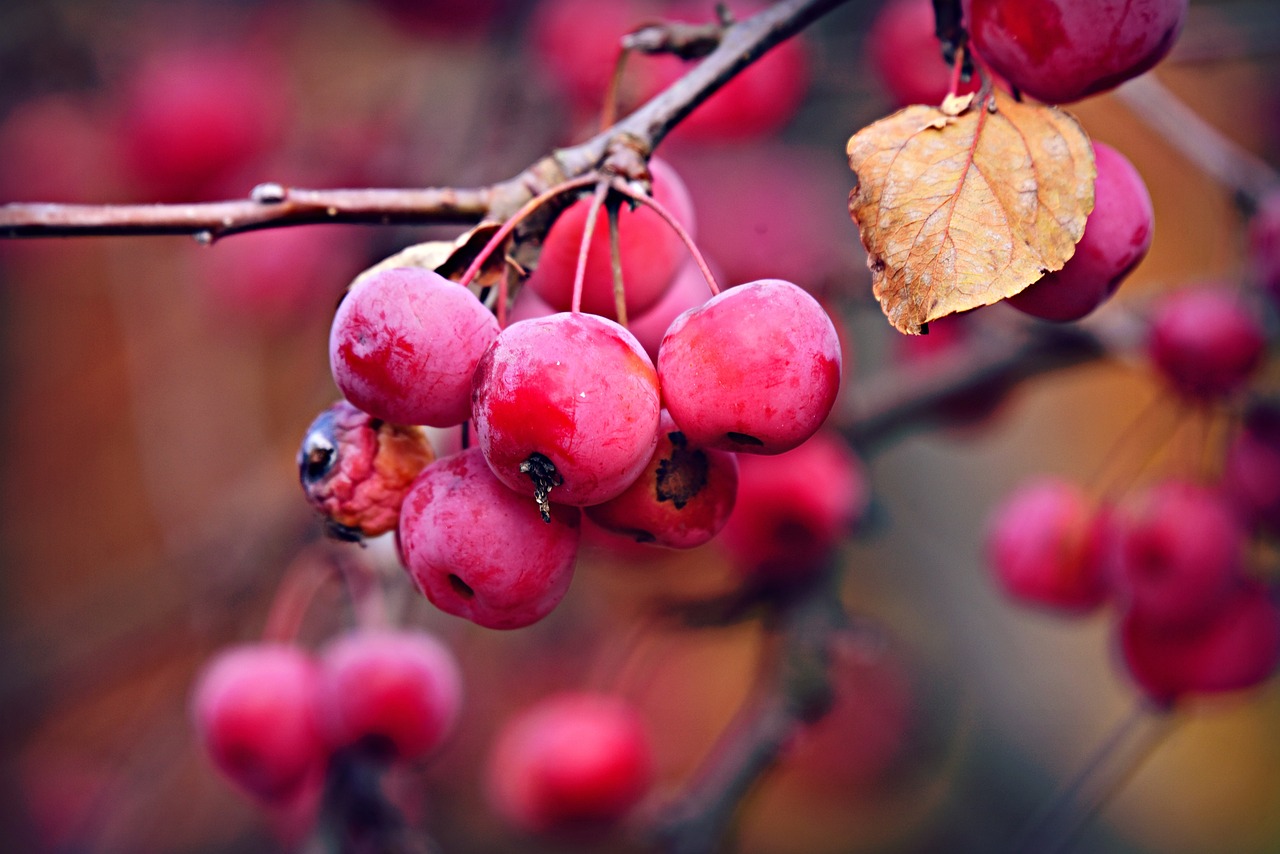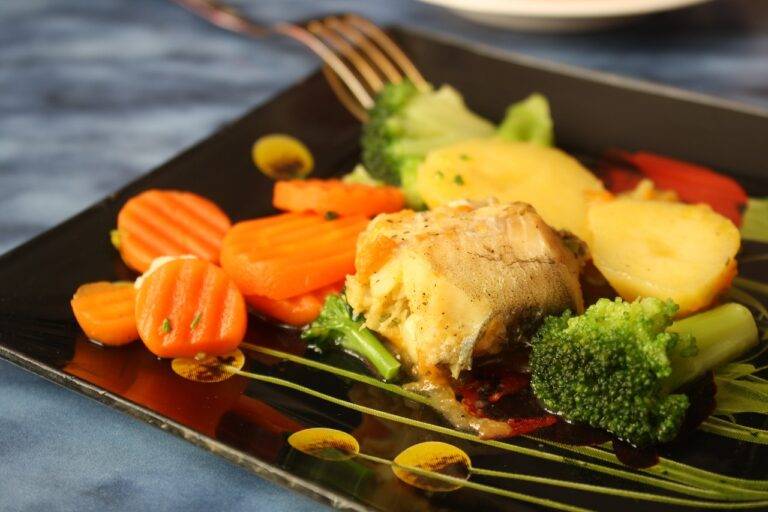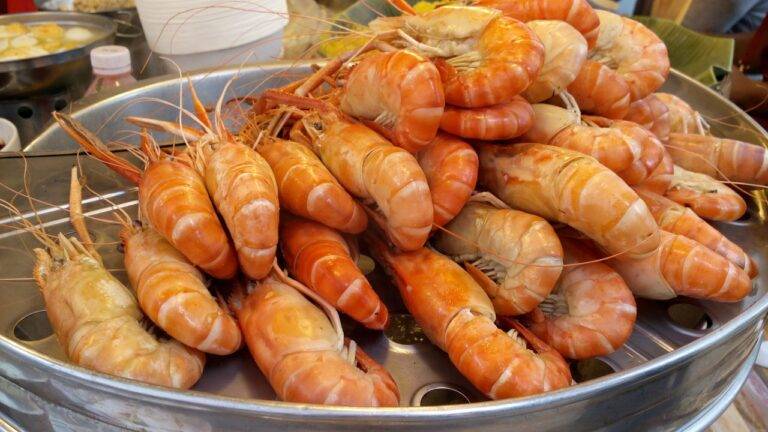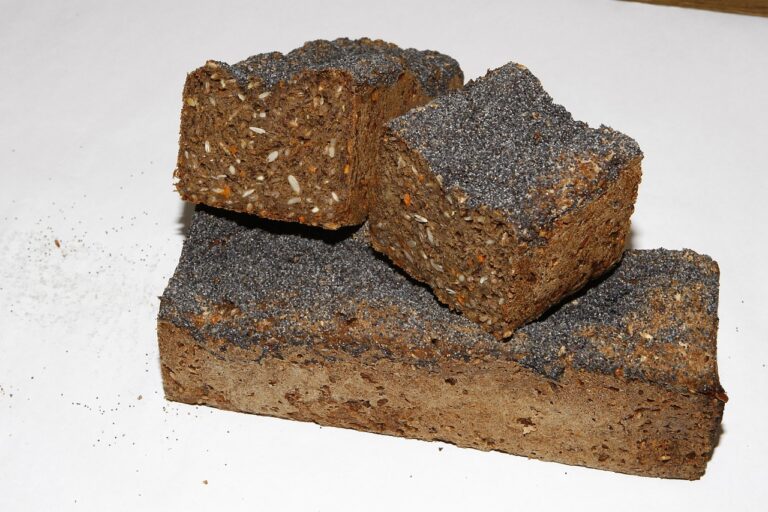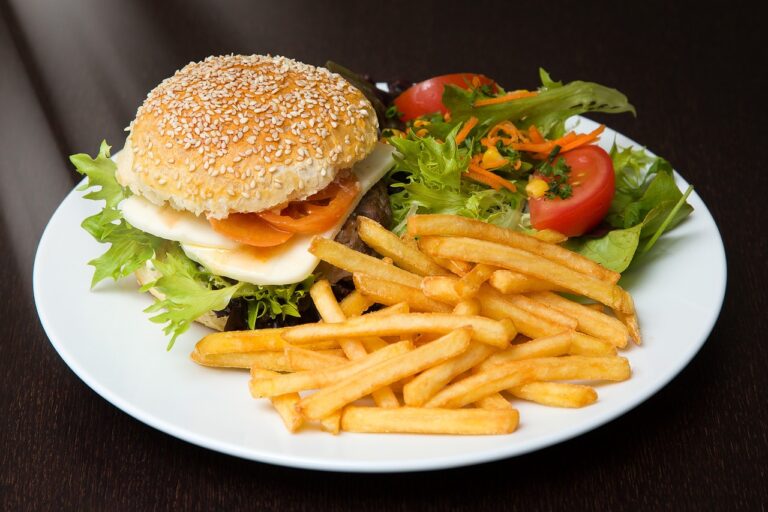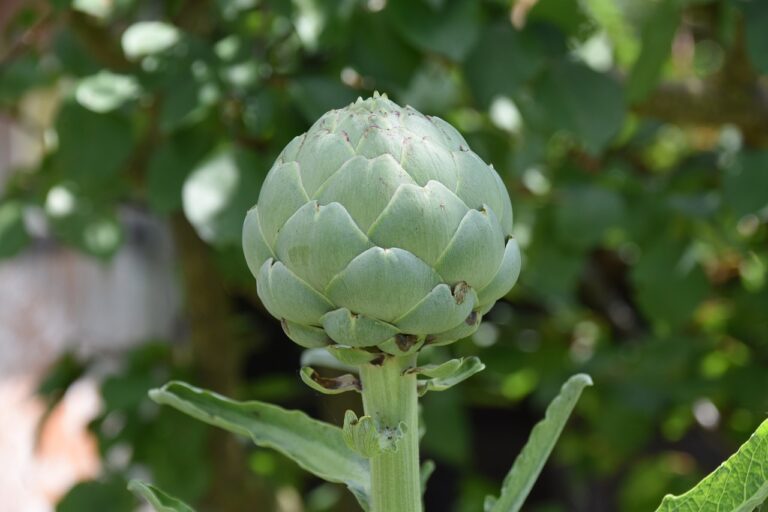Exploring the Art of Food Foraging: Connecting with Nature Through Wild Edibles
Foraging for food in the wild can be a rewarding and fulfilling experience. Not only does it provide an opportunity to connect with nature, but it also allows individuals to source fresh and organic ingredients for their meals. The act of foraging promotes mindfulness and awareness of one’s surroundings, enhancing the overall experience of gathering food directly from the land.
Where to Find Wild Edibles
When searching for wild edibles, it’s essential to consider a variety of ecosystems that may harbor different types of edible plants. Woodlands are often rich with mushrooms, berries, and leafy greens. Look for clearings and along the edges of paths for a higher chance of spotting these edibles in wooded areas. In marshes and wetlands, keep an eye out for watercress, wild rice, and edible aquatic plants like cattails.
Fields and meadows are also prime spots for wild edibles such as dandelions, clover, and various herbs. Be sure to steer clear of areas that have been treated with pesticides and opt for more natural settings. Additionally, coastlines offer a plethora of options like seaweed, sea asparagus, and beach plants that can be foraged sustainably. Always be cautious of protected areas and follow local regulations when foraging near the coast.
Safety Tips for Food Foraging
Before heading out to forage for wild edibles, it’s important to familiarize yourself with the types of plants you are looking for. Make sure to thoroughly research the edibles in your area and take note of any toxic look-alikes. It’s crucial to be 100% certain of the plant you are harvesting to avoid any potential dangers.
When foraging, always carry a reliable field guide with you to help identify plants accurately. Pay close attention to the characteristics of the plant, such as the color, shape, and texture of the leaves, as well as any distinctive features like scent or markings. Remember, when in doubt, it’s best to err on the side of caution and avoid consuming any unknown plants.
• Always carry a reliable field guide with you
• Pay attention to the characteristics of the plant
– Color, shape, and texture of leaves
– Distinctive features like scent or markings
• Err on the side of caution when in doubt
What are the benefits of food foraging?
Food foraging allows you to connect with nature, save money, and enjoy fresh and nutritious foods.
Where can I find wild edibles for food foraging?
Wild edibles can be found in forests, fields, meadows, and even in urban areas. Make sure to research and identify plants before consuming them.
What are some safety tips for food foraging?
1. Always properly identify plants before consuming them.
2. Do not forage in areas that may have been treated with pesticides or other chemicals.
3. Wash and clean wild edibles thoroughly before consuming them.
4. Be mindful of allergies and potential toxic plants.
5. Respect the environment and only take what you need.
6. Consider taking a foraging guide or joining a foraging group for additional safety and knowledge.

